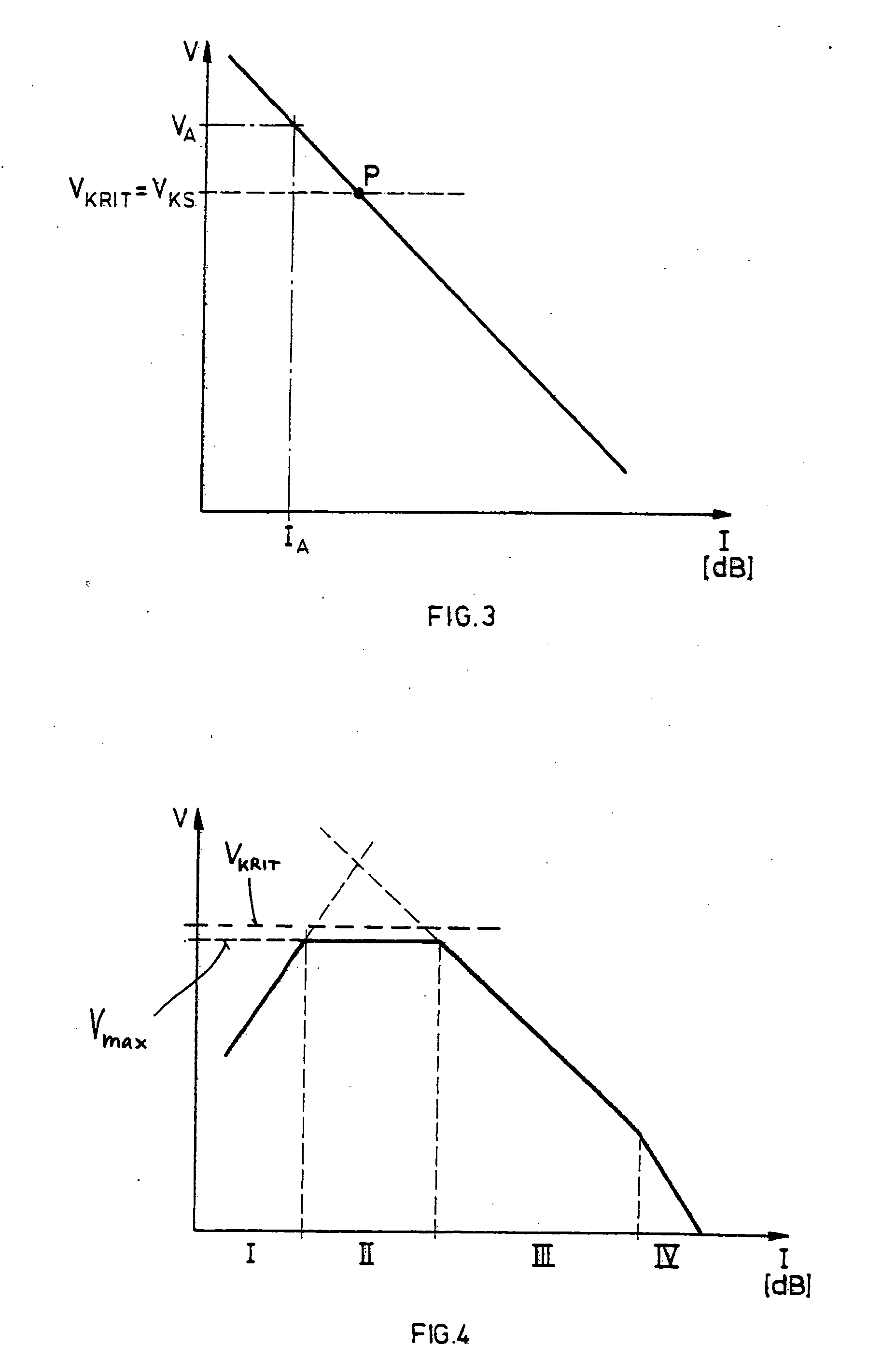Method to determine a feedback threshold in a hearing device
a hearing device and feedback threshold technology, applied in the field of signal processing in hearing devices, can solve the problems of inability to use the hearing device, poor hearing quality, and noise of the hearing device, so as to improve the quality of the hearing device and/or the quality of the hearing. the effect of no efficient feedback cancellation
- Summary
- Abstract
- Description
- Claims
- Application Information
AI Technical Summary
Benefits of technology
Problems solved by technology
Method used
Image
Examples
Embodiment Construction
[0031]FIG. 1 shows a block diagram for a feedback system as it is generally known. By 100, a processing unit having a transfer function G, and, by 200, a feedback unit having a transfer function K are identified. An input signal I is fed to one of the two inputs of an addition unit 10 of which the only output is fed to the processing unit 100. In the processing unit 100, an output signal O is generated that is fed to the second input of the addition unit 10 via the feedback unit 200, besides the circumstance that the output signal O is fed to the outside.
[0032] Having identified the transfer function in the forward and in the backward path by G and K, respectively, the following overall transfer function for the system according to FIG. 1 can be obtained as follows: OI=G1-K·G
[0033]FIG. 2 schematically shows a block diagram of a hearing device 1, comprising a processing unit 100 with a transfer function G. Seen from a propagation direction of signals in the hearing device, a loudsp...
PUM
 Login to View More
Login to View More Abstract
Description
Claims
Application Information
 Login to View More
Login to View More - R&D
- Intellectual Property
- Life Sciences
- Materials
- Tech Scout
- Unparalleled Data Quality
- Higher Quality Content
- 60% Fewer Hallucinations
Browse by: Latest US Patents, China's latest patents, Technical Efficacy Thesaurus, Application Domain, Technology Topic, Popular Technical Reports.
© 2025 PatSnap. All rights reserved.Legal|Privacy policy|Modern Slavery Act Transparency Statement|Sitemap|About US| Contact US: help@patsnap.com



